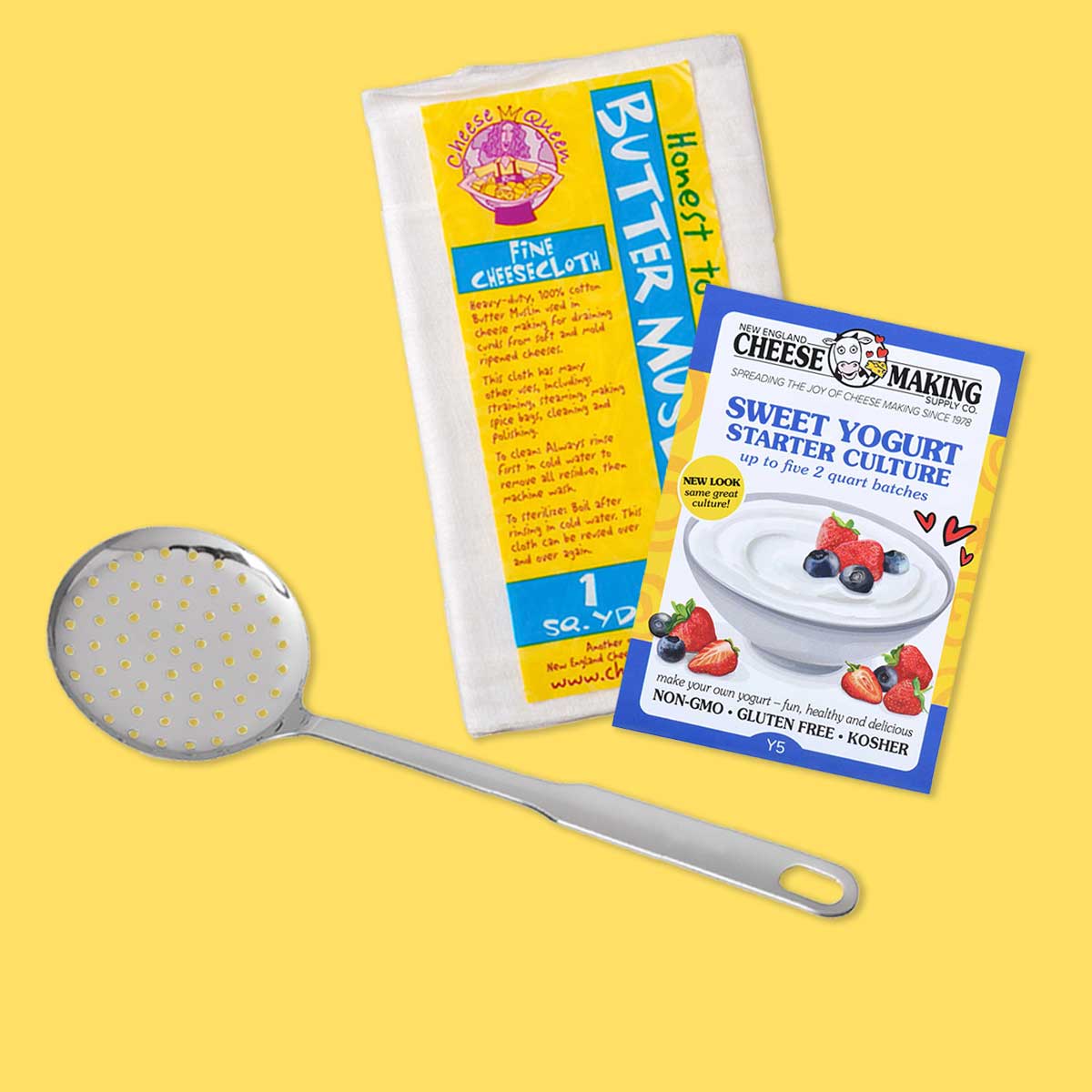Cotswold Info
Rriginally Produced in Cotswold and Gloucestershire
This recipe was inspired by an older style of cheese that may have been produced in the 16th to 17th century and most likely predates the modern cheddar. It originally was produced in the Cotswold and Gloucestershire areas of Great Britain. As you can see by the pictures here, this is a very beautiful pastoral landscape, but more importantly, it has some perfect soils to support the dairy herds for cheese making.
This cheese was traditionally made on the small farms in the spring when milk quantities were lower. The cheese were small because of this and seemed to be moister than other regional cheese of southwest England at the time and therefore they would ripen earlier. These smaller and moister cheeses were conveniently perfect for the lunches during the coming harvest .
Originally, it was made from the Gloucester Cow, but this is a breed that has almost become extinct (down to less than 75 head by 1975) due to our modern quest for quantity over quality and replacing the traditional cows with higher yielding Holsteins.
The Gloucester Cow was a beast that provided both high butterfat and protein in a balance perfect for cheese making, much as the Ayershire breed does today. The herds today are still very small and in great danger of disappearing.
The History of Hotswold Cheese
The Cotswold cheese for this month has a history that goes back to the 16th century. This cheese is quite different from the old Gloucester style of cheese (another cheese of the region not likely to be found today). Cotswold has been reported to be most likely evolved from the Gloucester cheese, sharing many of the regional characteristics but definitely a departure since it is a much earlier ripening cheese.
In researching this cheese, I did not find a lot of modern references. Most anything I found was dated back to the early 20th or late 19th century. Most of what I found was in older books and seems to be more a remembrance of past cheeses no longer made. One of my favorite writers from Post War England was Patrick Rance, and in his descriptions for this he refers to the real cheese from Cotswold as a memory from his youth and the modern Cotswold cheeses were nothing more than modified cheddar. Also, another book from 1937 refers to the modified cheddar as being sold instead of the real Cotswold.
Today, you can find an example of Cotswold by Long Clawson (UK) but this seems to be more of the modified cheddar that Rance mentions than the original cheese. Today this dairy has exclusive rights to the name though this should not stop others making the cheese … just don't try to call it a Cotswold. A Guideline from Scott's "Cheesemaking Practice" shows it as being done with the cheddaring step, which is different from what I am showing in the following guideline.
Adding Fresh Onion and Garlic to Cheese
At this time of year the Cotswold seemed a great choice to me because it was often made on the farm and sometimes had herbs added to it.
Since my garden is already beginning to produce, I am always looking for things to make a cheese unique. One of the older books I read mentioned that wild garlic was added to seasonal Cotswold (actually I have seen it mentioned that it was only produced in the early season). To me wild garlic means the ramps that grow in our woods this time of year. I suppose I could have ventured off some afternoon and found some of these ramps, but closer to home my garlic is growing just fine and beginning to throw off Its scapes (the long curving extensions that become their flowering parts) this time of year. I thought of these and their nice mild garlic flavor and felt these would probably be perfect for this cheese along with a little onion. It sounded great for a rather flavorful Midsummer cheese with a short aging. Also, it fits into my idea of a seasonal specialty as in the Italian tradition.
Cotswold in not Cheddar
As I mentioned this cheese may well have predated the cheddar process. The big difference between the two are:
- This cheese is a higher moisture cheese with an earlier ripening than most cheddars.
- The curds are drained and salted while pH is still high (6.0-6.1) then kept warm in press until the acid develops, even with the salt.
- What takes cheddar 7 hrs to complete takes this cheese 24hrs (Scott says 48hrs) due to salting curds pre-molding at a low level of acid. This longer process time leaves the cheese with more moisture and a different more supple texture. Also it is not as crumbly as cheddar.





























